Phosphors are less excited by electrons than by their antiparticles.


Phosphors are less excited by electrons than by their antiparticles.
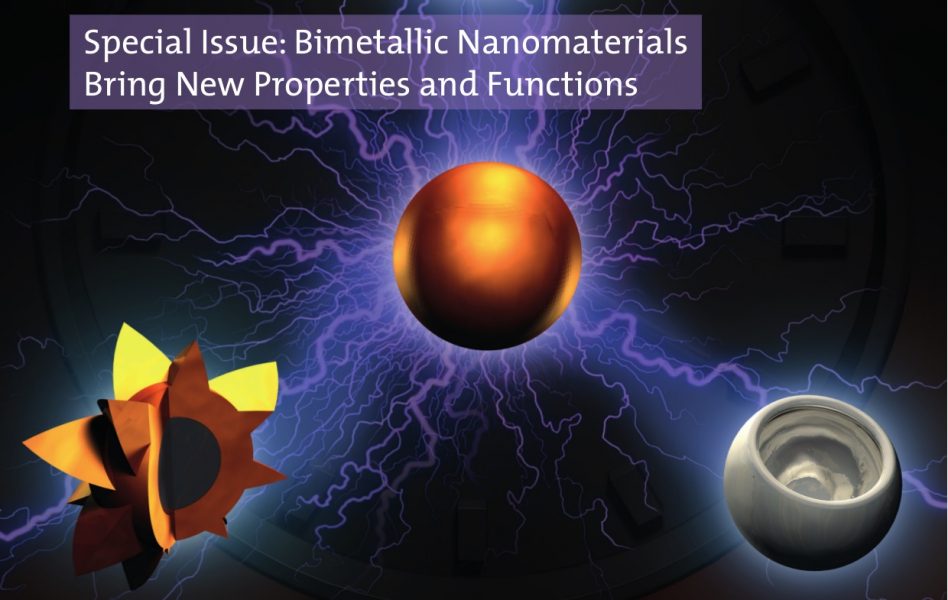
Recent developments and perspectives on bimetallic nanomaterials highlighted in Particle & Particle Systems Characterization.
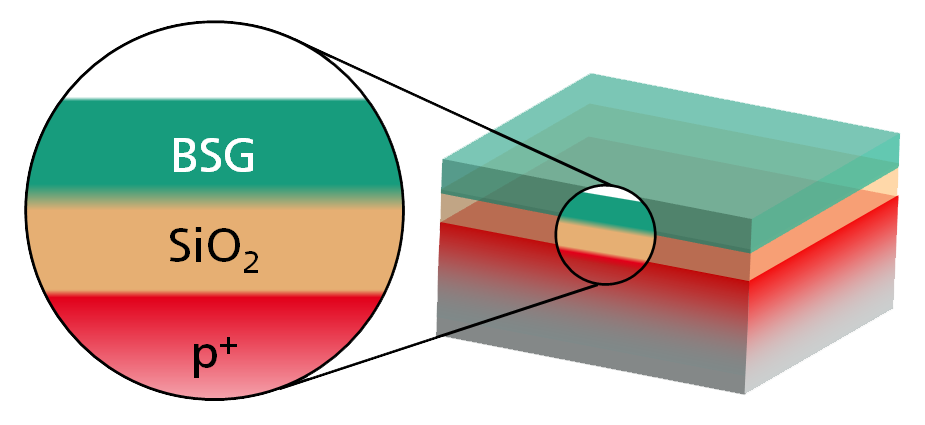
new concept of attaching a second deposition step at the end of a BBr3 diffusion is introduced.
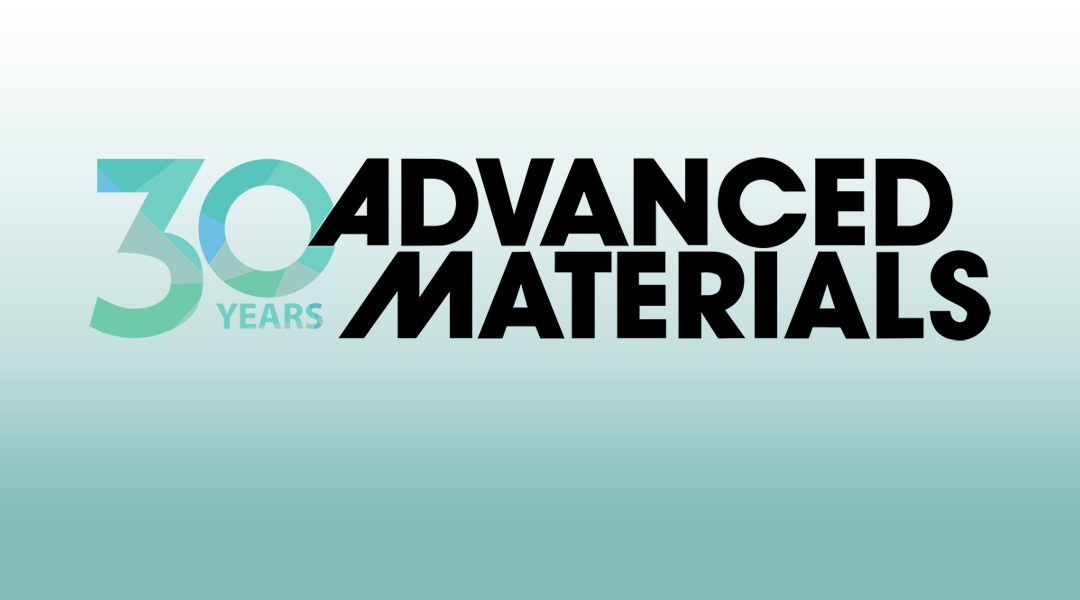
AM30 events in Hong Kong, Dresden, Beijing, and Singapore.
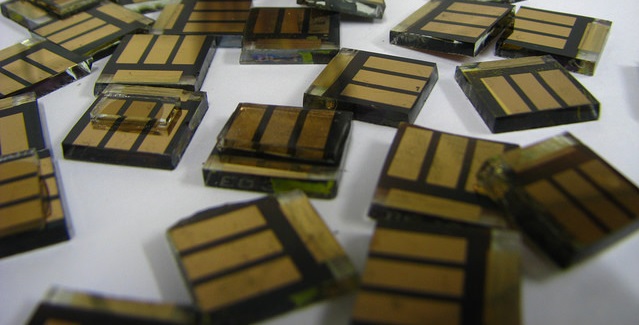
Perovskite structures suffer from moisture and thermal stability issues which prevent their commercial use. This promising solution using organic cations leads to a record high PCE for 2D perovskite devices.

Camouflage, illusion or cloaking devices, once deeply rooted in science-fiction, can make an object appear “invisible”. A novel technique for thermal illusion meta-devices is reported.

A true invisibility cloak would encompass an object, and manipulate light, in a manner such that it traveled around the object, rather than reflecting off it. A recent paper reports some exciting progress toward such a design.

The important role of surface-bound hydroxy groups of vanadium catalysts under reaction conditions by employing in situ DRIFTS experiments and DFT calculations is elucidated.
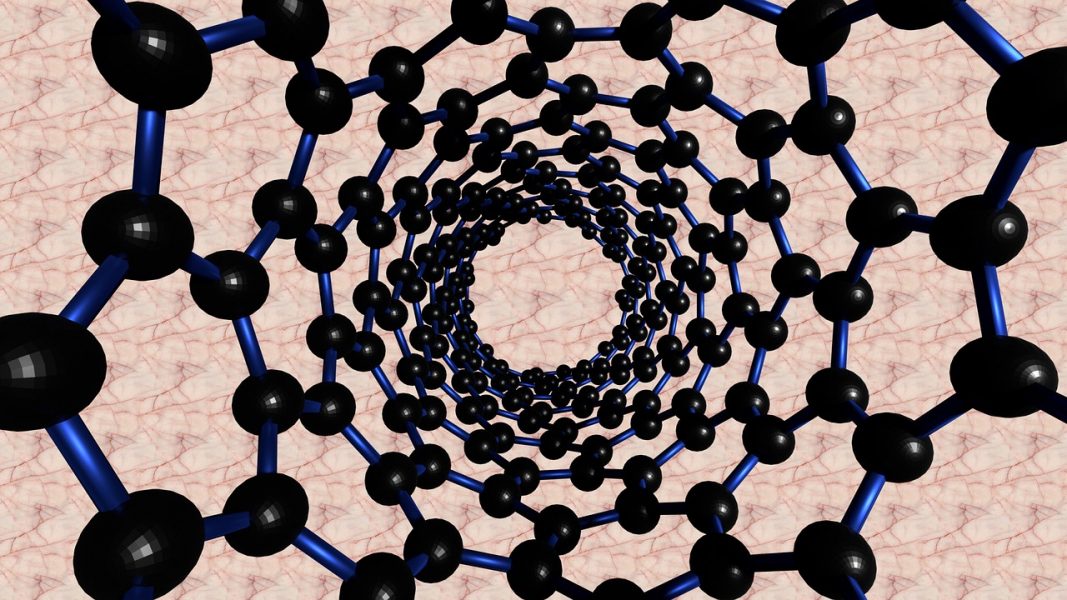
Carbon nanotube surfaces as ultrafast electron sources could influence the next generation of attosecond science and light-wave electronics research.

Smart windows switch between transparent and opaque states based on environmental cues. Researchers reveal a prototype that exploits plasmons, converting incident sunlight into local thermal energy to trigger the switch.